Oct 20, 2015
By: Scott Morey, Senior Program Director
Earlier this year, I traveled to Kigali, Rwanda to finalize plans for the next year with the Rwandan Ministry of Health’s (MoH) NTD department. 2014 saw over 4 million preschool and school-age children treated here for intestinal worms and schistosomiasis with support from the END Fund. During my stay, I also had the pleasure of visiting a nearby health center and primary school in Rwesero, Gicumbi district, about an hour’s drive from Kigali.
In 2008 when we started one of our first programs, the disease prevalence of schistosomiasis in this area was 69.5% – an extremely high level of infection, which warranted the immediate start of treatment. Every year since, children have lined up at the school during mass drug administration (MDA) campaigns to receive praziquantel, the drug that treats this disease. Through community mobilization and sensitization campaigns the population has learned also how to prevent reinfection.
In an effort to reassess the disease burden six years later, the END Fund supported the MoH in remapping for disease prevalence across the country. The epidemiological data came back from this area using the standard testing methodologies and there were no cases found: 0% prevalence! This is quite remarkable. In addition, the health center has reported no new cases in the last year. I think it is so promising to the fight against these diseases to see what can be achieved when the community and their leaders stay engaged.

